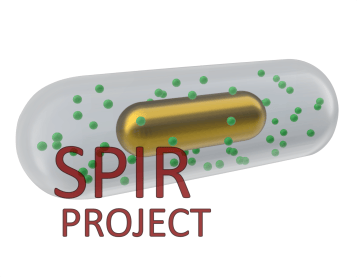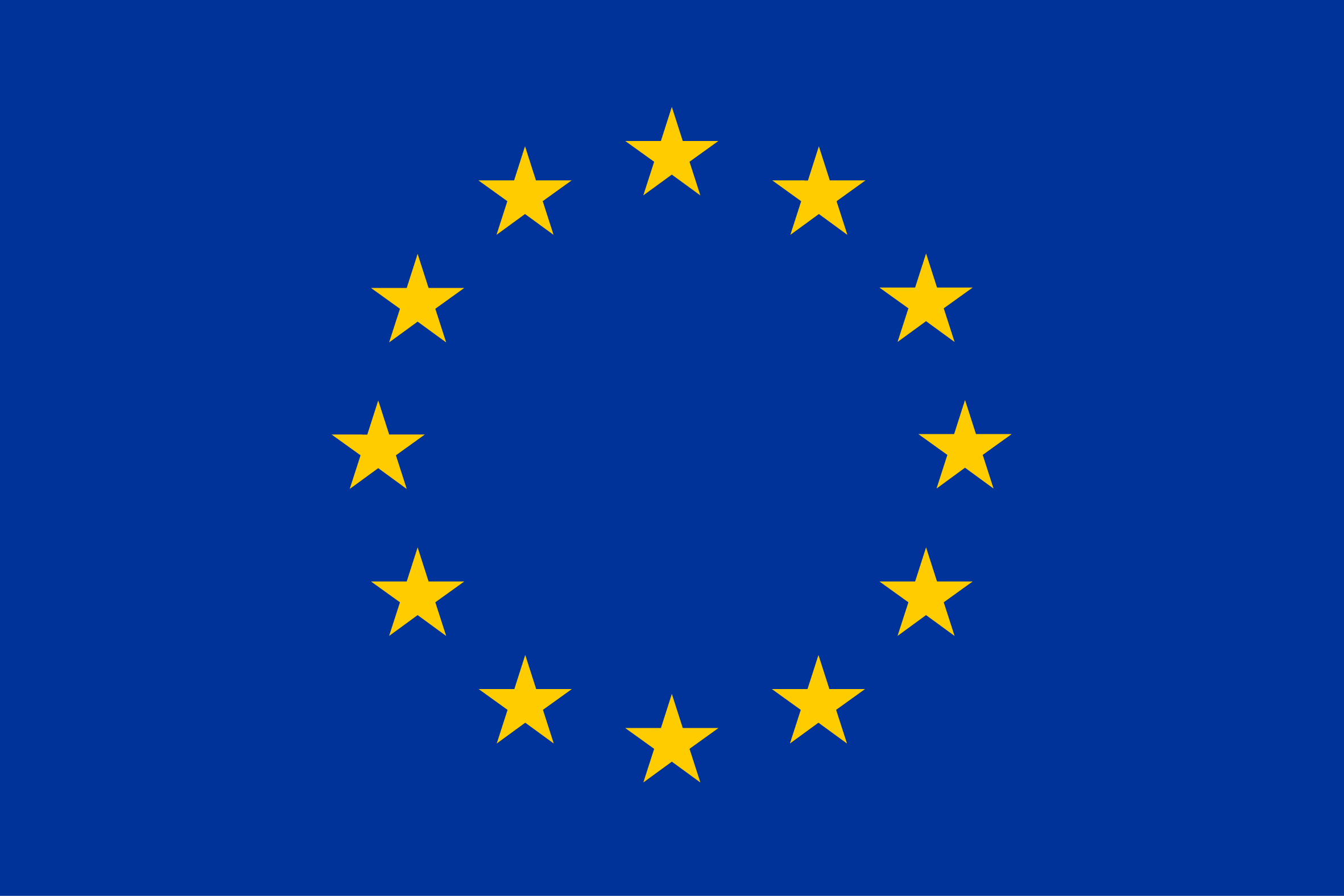SPIR - Spasers in the infrared range

One of the important directions of modern medicine is noninvasive diagnostics. The urgency of the problem is determined by the search of safe methods of examination and sparing techniques of collection of material for medical analysis when the patient does not feel pain, physical and emotional discomfort.
Spaser (surface plasmon amplification by stimulated emission of radiation), also called nanolaser is a quantum generator providing unprecedented efficiency as a versatile tool in nanotechnology or biomedical research and applications. The spasers can generate in a single mode with a very high spectral density and intensity. This makes the spasers, arguably, the best multifunctional, super-contrast, low-toxic optical probes in biomedical research. For investigating spaser generation in a living organism it is imperative that their generation line should be located in the transparency window of biological tissues, namely in near infrared (IR) range of spectra. Hence, the main objectives of this project are development of an approach for the spasers synthesis (for IR range) in biocompatible aqueous solution as well as investigation of their the optical characteristics. A successful proof of concept will open the prospects of using spasers not only in medicine, but also for many other areas. Examples include the creation of high-precision sensors, fabrication of ultra-fast photonic nanocircuits, heavy-duty laser creation, etc. The multidisciplinary nature of the project is strong, involving a combination of inorganic, physical, colloidal chemistry, as well as optics and laser physics. This proposal includes both the transfer of knowledge to the host institution and the training of the candidate in new advanced techniques. Successful implementation of the project will make a significant contribution to the nano- and biotechnological industry of the European Union and improve European competitiveness.

Disclaimer: The contents included in the present website reflect only the author’s view and the Research Executive Agency (European Commission) is not responsible for any use that may be made of the information it contains.
